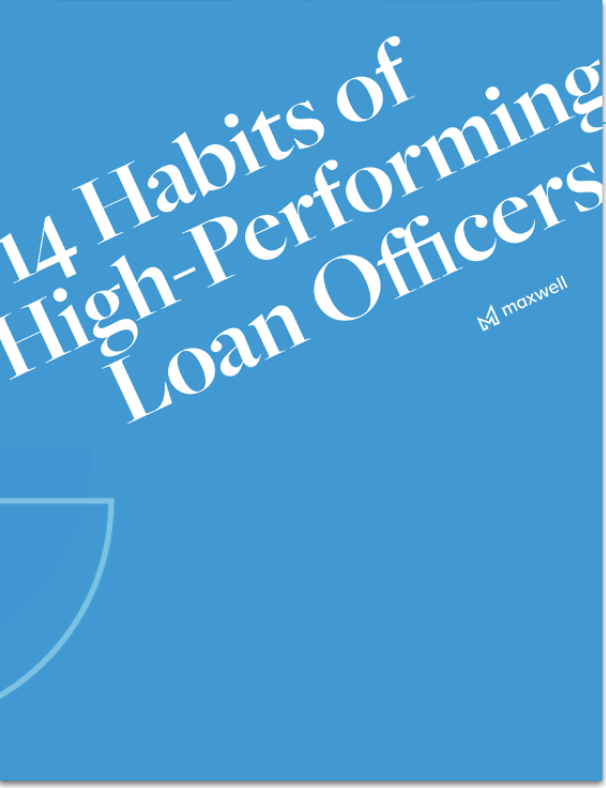5 KPIs that Profitable Lending Teams Measure

Against the backdrop of a pandemic and economic meltdown, in many ways the lending industry has been a bright spot during a year of unprecedented downturns. Low interest rates have led to a flurry of refinances, and new home sales are expected to reach 777,000, a 14% gain over 2019. Impressively, experts predict mortgage lending volume will climb to an all-time high of $3.9 trillion in 2020.
Still, with borrower expectations rapidly changing, advances in technology becoming table stakes, and continued economic uncertainty, lenders are forced to stay on their toes to remain competitive. Additionally, the increased volume many lending teams continue to experience means efficiency and smooth processes are only becoming more vital.
A key step to improving the inner workings of a lending team is understanding—at a very deep level—your team’s performance. Tracking key metrics that provide insight into your loan pipeline and team productivity will dictate where to focus your efforts later to improve performance. Unsure where to start? Here are 5 loan KPIs to measure for a profitable lending team.
Velocity
What to measure:
The number of days from application to close.
How to understand velocity metric results:
Your team’s velocity KPI will range anywhere from rapid closes in the 15–30 day range (don’t scoff, it’s possible! Lenders in Maxwell average around 22 days from loan application to close) to slower closes that can take 60 or even 70 days.
Logically, faster time-to-close will positively impact your pull-through, productivity, and cost-to-close.
Pull-Through
What to measure:
The ratio of closed loans to submitted applications, including to-be-determined (TBD) applications, i.e. applications that lack a property address at the time of origination.
How to understand pull-through metrics:
The higher the percentage, the better. According to Accenture, the ideal pull-through rate is 60% or greater. Make the goal for your lenders 60%—hitting this metric is a surefire way to improve productivity and expand your market share.
Loan Officer (LO) Productivity
What to measure:
Closed mortgage loans per mortgage employee per month. This is the most important metric in the industry when it comes to improving performance. It is also the single biggest indicator of how well a lender is serving its borrowers.
How to understand productivity metrics:
It should go without saying that the larger the number here, the better. Accenture reports indicate that this metric generally ranges from 1.5 on the low side up to 9 on the high side, with an average being in the mid-3s.
Cost-to-Close
What to measure:
The sum of mortgage labor costs, direct mortgage costs, indirect mortgage costs, and digital mortgage technology costs, divided by the number of closed loans (calculated over a 12-month period).
How to understand cost-to-close metrics:
The goal is to get this number as low as possible. The lower this number is, the more competitive your business is in the market.
Employees per Thousand Closed Loans
What to measure:
Divide the total number of mortgage employees by total loans closed annually. Multiply number by 1,000.
How to understand employees per thousand closed loans metrics:
Like cost-to-close, this metric shares an inverse relationship with productivity. When productivity is higher, this number will be low.
Bringing It All Together
Obviously, tracking these KPIs for your team won’t magically make you more profitable. It will, however, give you deeper insight into the productivity of your team. The next step is taking those insights and making them actionable by taking a cold, hard look at your team’s process and identifying ways you can help them be more productive for improved profitability.
By using a data-first method for improving your lending process, you might just give your lending team the competitive advantage they need to take advantage of 2020’s unequaled lending environment.



